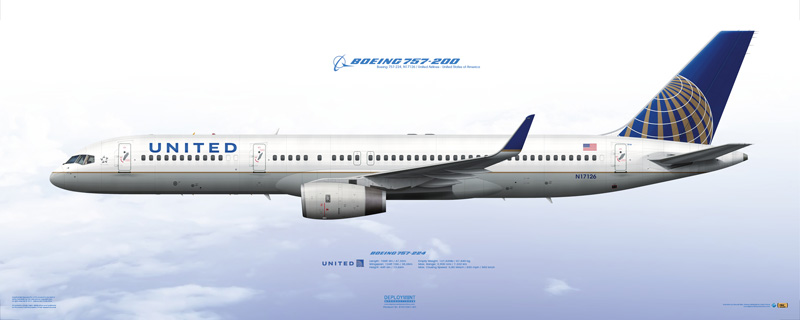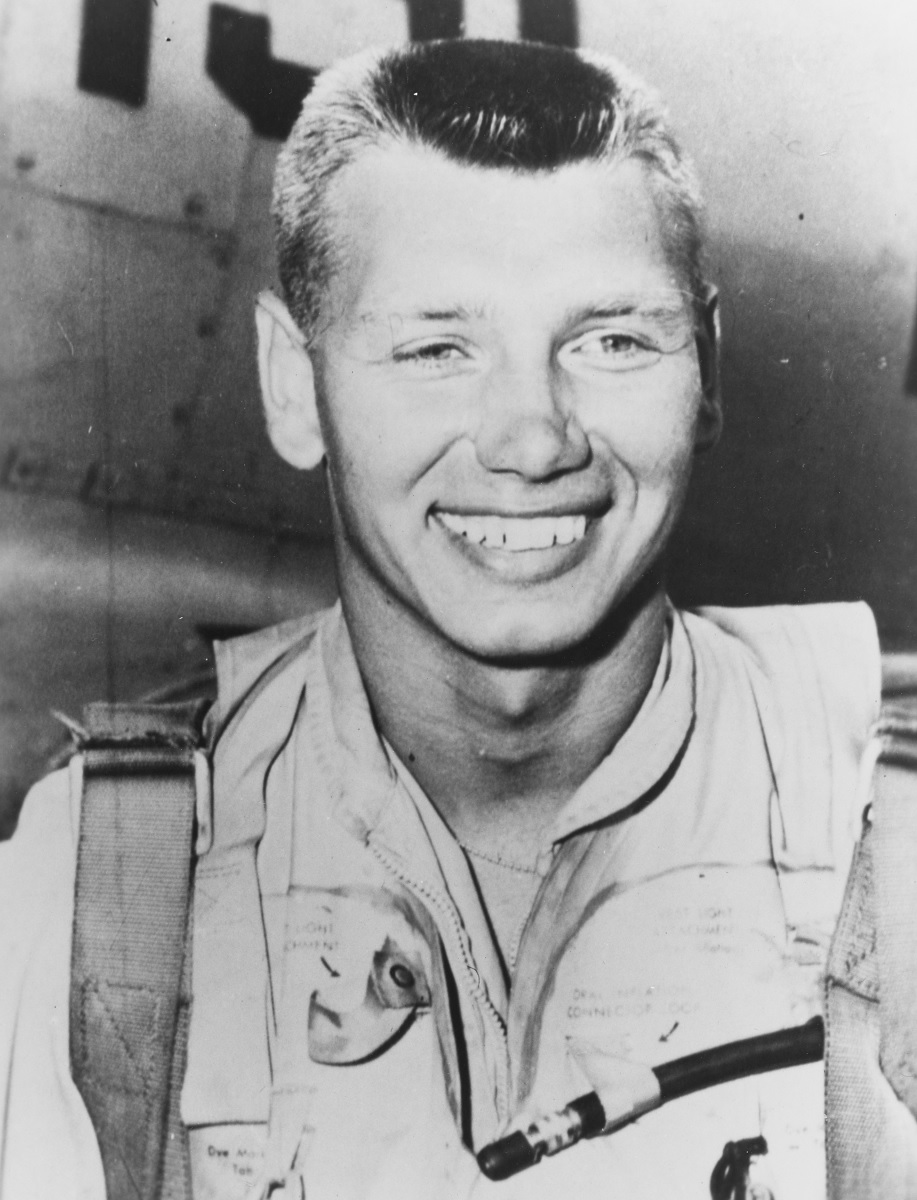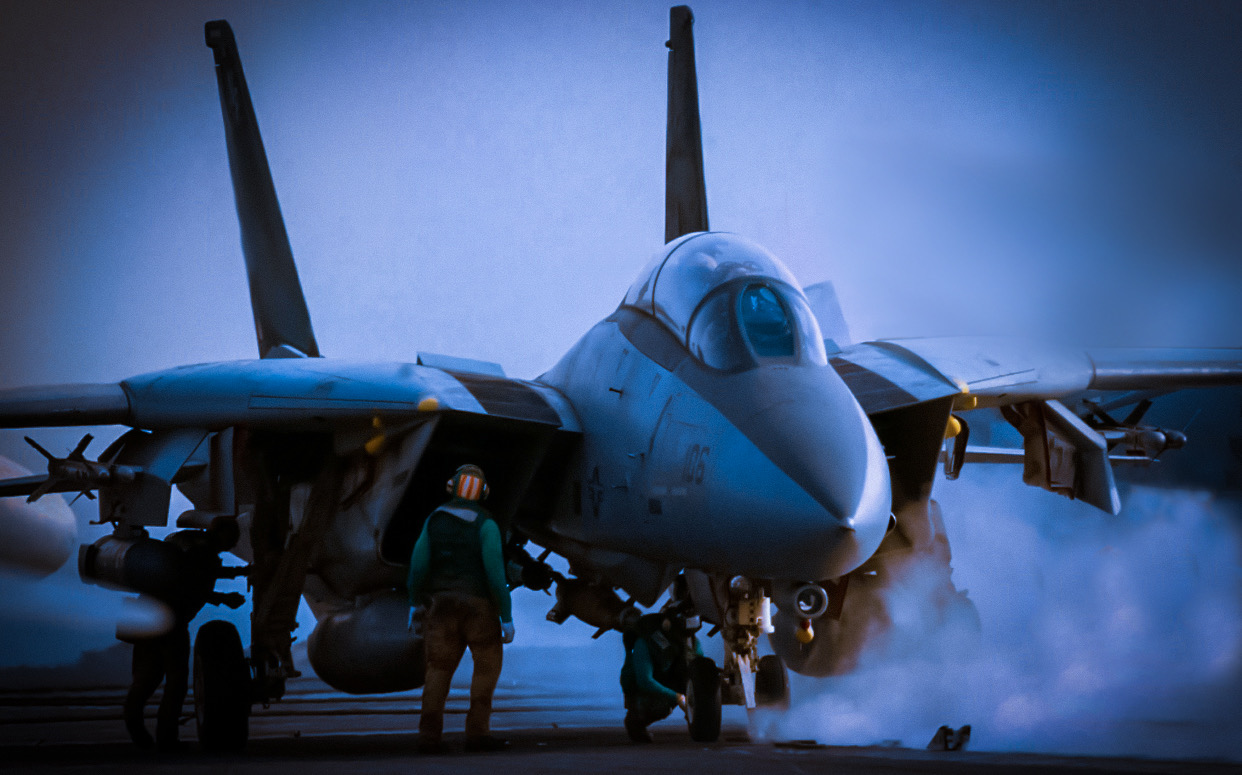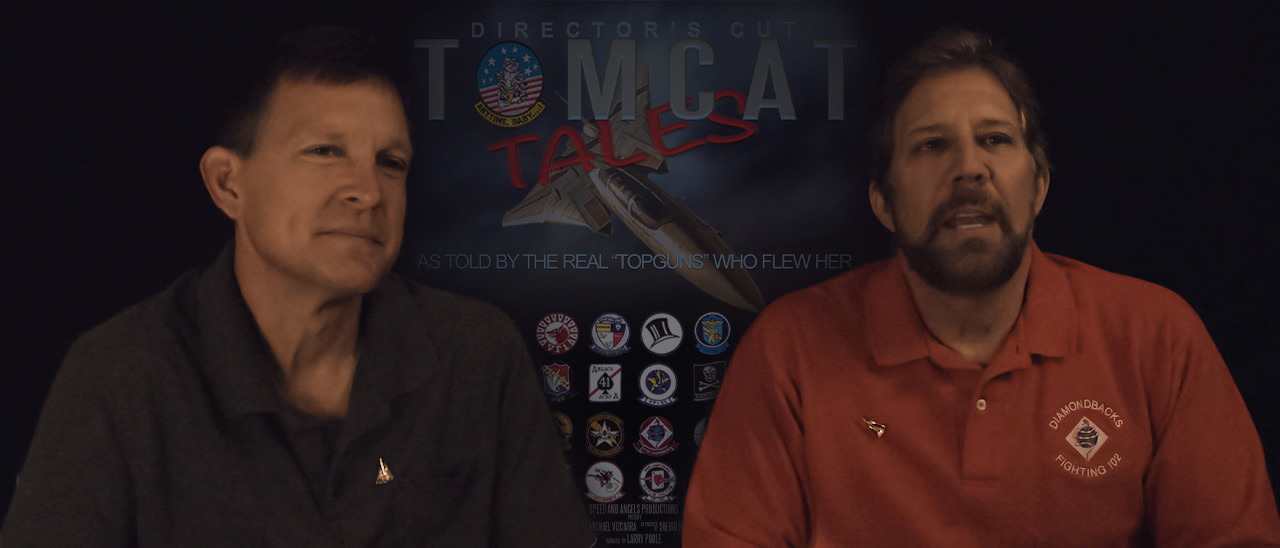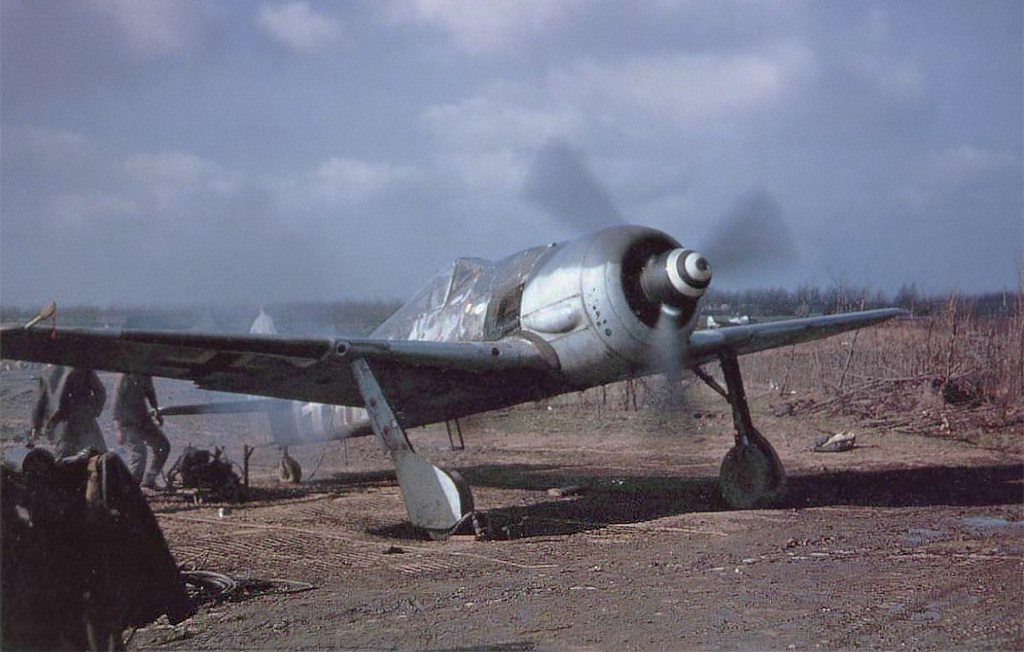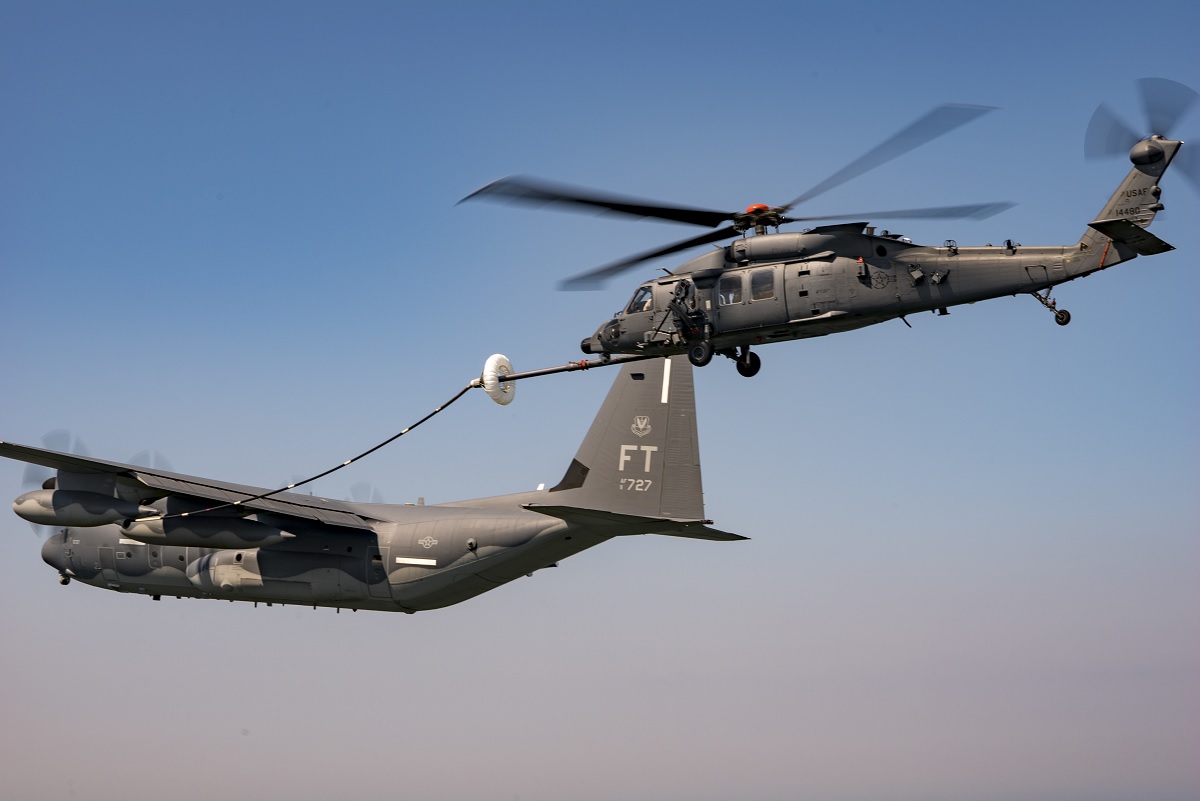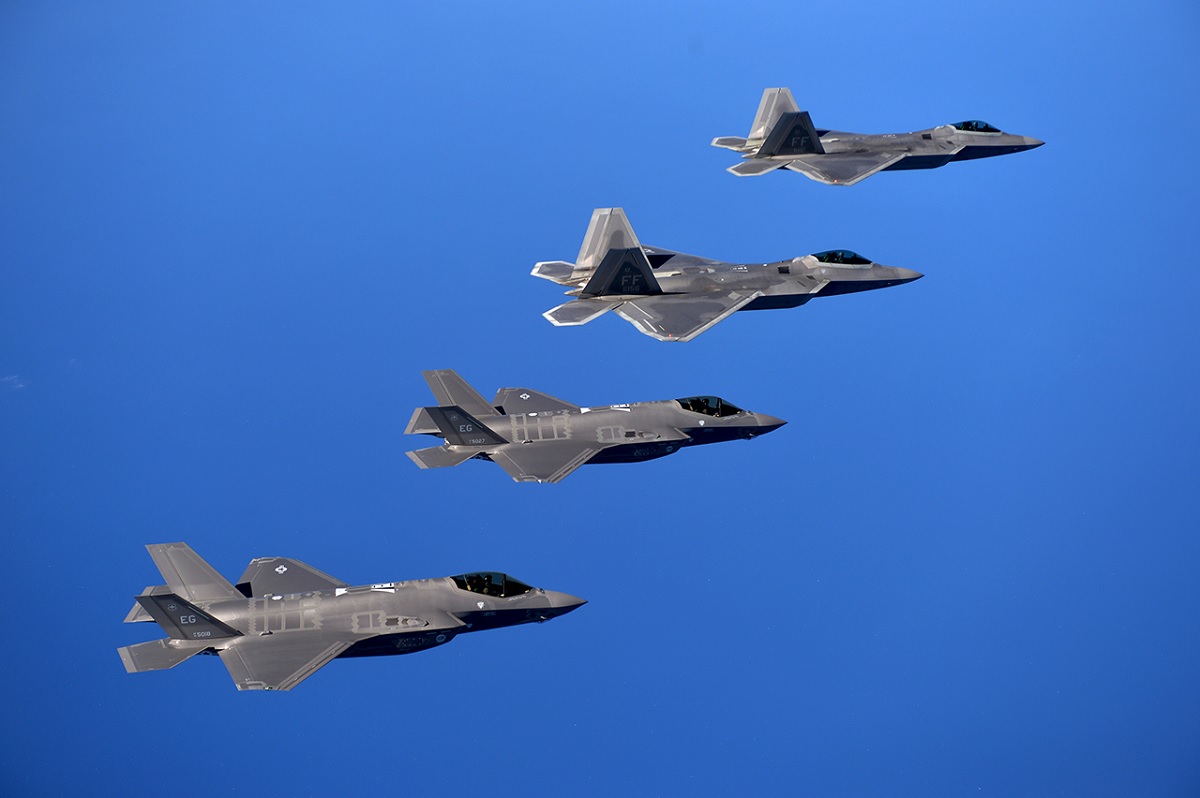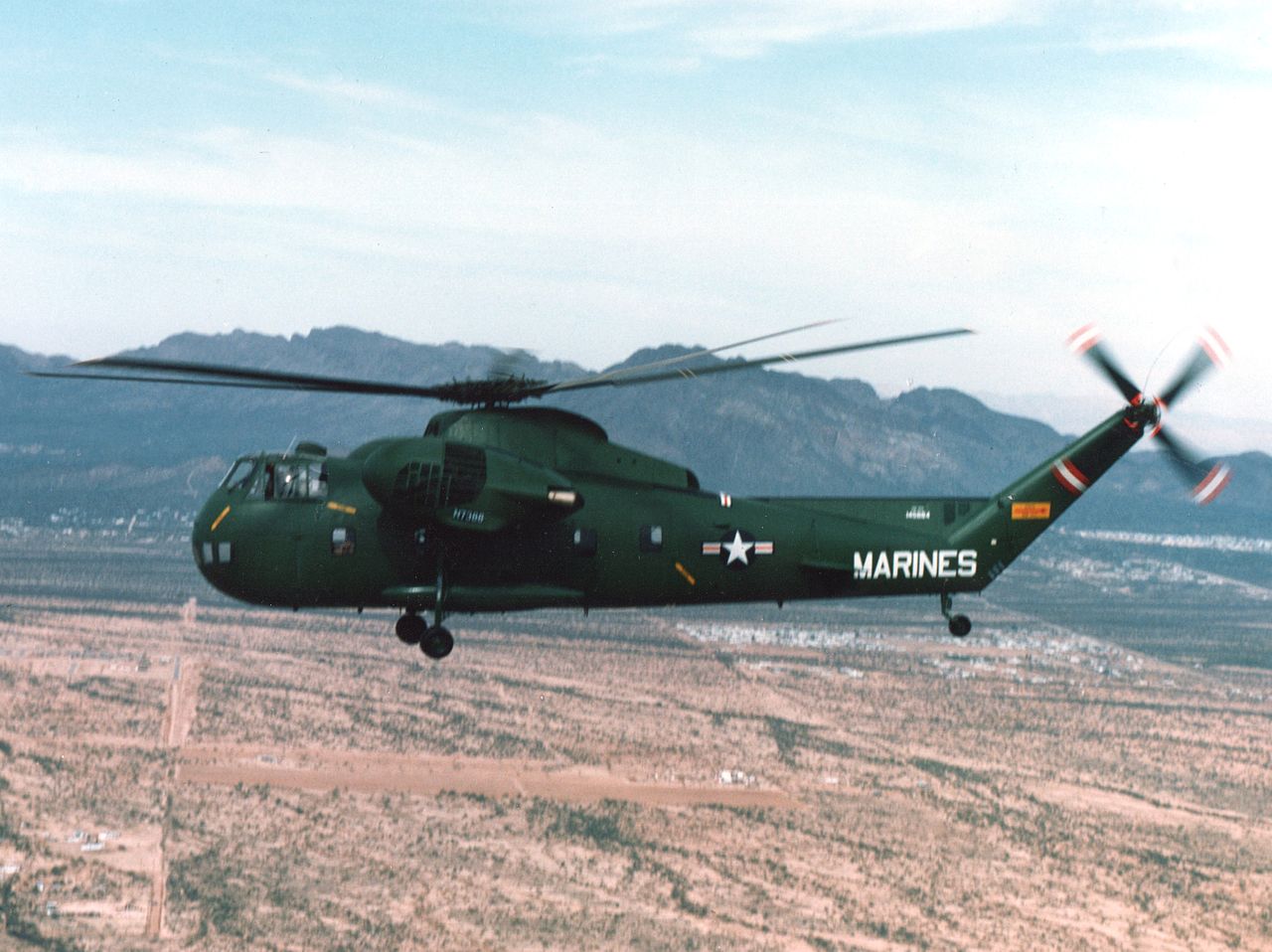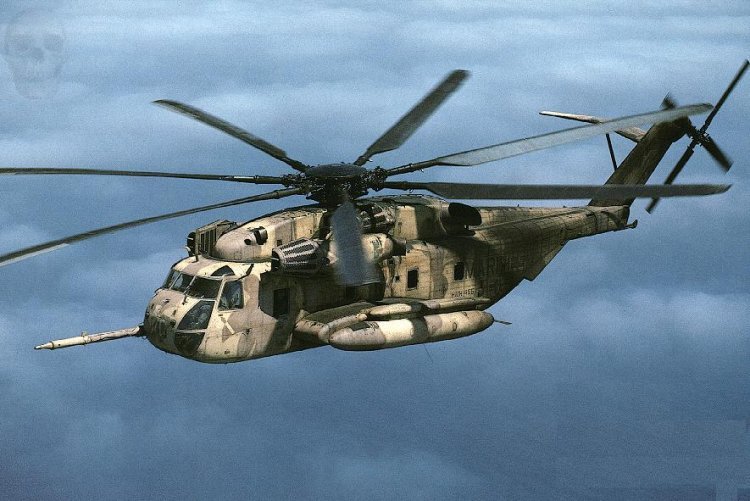The flexible “fluid four” formation flown by USAF pilots was very different from the famed “thatch weave,” or loose “deuce,” formation during World War 2.
During the Vietnam War, US Navy F-4 Phantom II fighters used a two-aircraft basic combat unit known as a section and an air-to-air formation known as a “loose deuce,” which involved two aircraft flying about a mile apart from one another. From here, both crews could support one another by covering each other’s “six o’clock” rear quarter.
The loose deuce, as described by Brad Elward & Peter E. Davies in the book US Navy F-4 Phantom II MiG Killers 1965-70, called for one aircraft to attack while the wingman (referred to as the “free” fighter) maneuvered with the engaged fighter but at a distance sufficient to keep an eye out for other bandits or threats in the area. The free fighter would make the decision as the engaged fighter forced the bandit into a recognizable flight pattern.
As either aircraft could take on the engaged or free role in this formation, Navy crews had more freedom. Additionally, neither plane needed to worry about colliding with the other when operating at full power.
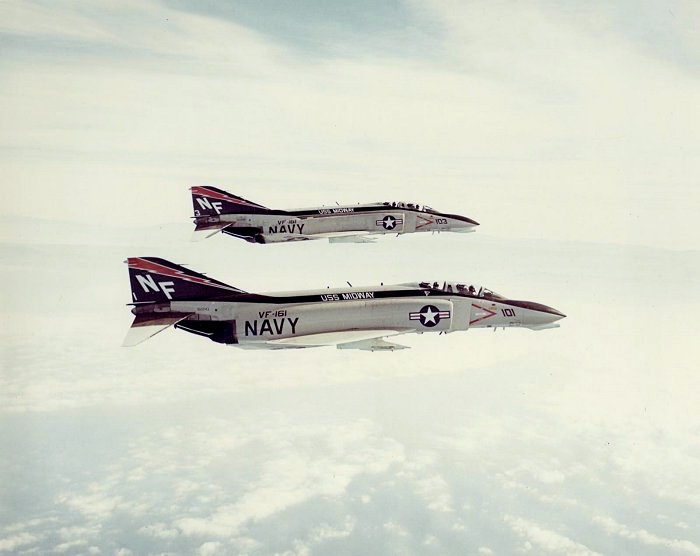
The two Phantom II aircraft flew a radar trail formation in the traditional intercept pattern, but loose deuce constituted a change from that. As the “eyeball,” the leading aircraft would essentially operate as a spotter, calling the contact to the following Phantom II, which would subsequently take a shot with a Sparrow. This separation maintained the necessary minimum distances for a successful AIM-7 launch, but it proved ineffective within the Sparrow’s confines in a close-in dogfight scenario.
The loose deuce configuration was built on the idea that teammates may support one another both offensively and defensively. From a tactical perspective, mutual support is attained when each aircraft can quickly clear the rear aspect of its counterpart of aerial threats. The aircraft with the best tactical position to see, assess, and guide the flight holds the tactical lead, but the military lead of the section (often the senior aviator) never changes.
The person who makes the initial radar or visual contact is in the lead (whether he is the wingman or RIO), and he calls a “turn” on UHF before giving a description of the position and make-up of the bogie. The tactical lead must always keep an eye on his wingman.
The famed “Thatch Weave” variation used in the loose deuce formation during World War 2 was very different from the rigid “fluid four” configuration used by USAF pilots. A four-aircraft flight divided into two components of two aircraft served as the basis for Fluid Four. With the exception that the two wingmen, numbers 2 and 4, only served to protect their element leaders, numbers 1 and 3, the two-element leads, numbers 1 and 3, would engage the bandit in a dogfight similarly to the loose deuce.

The wingmen followed their leader at a distance of 1500 to 2000 feet and were offset by roughly 45 degrees. They flew as a “welded wing” or “fighting wing.” When the planes were slower and powered by propellers, like they were during World War 2, this configuration worked perfectly. However, it was impossible to use with the 1960s’ fast jets. Welded wing pilots discovered that because they were focused on maintaining formation and avoiding collisions with their element leaders, they had no time to search the area for bandits.
Fluid Four Flights also had a “single shooter” policy, which limited who could fire; only the flight leader could do it; the other fighters followed to defend the commander as he pursued the MiGs. Since only one of the four airplanes could shoot, this policy inevitably significantly restricted the offensive capabilities of the formation.
Former F-4 pilot and Topgun commanding officer Capt. Jim Ruliffson recalls a scenario in which a USAF flight lead had used up all of his missiles pursuing a MiG. The flight leader told the flight to return to base when one of his wingmen called out that he had the MiG in his sights and requested authorization to fire!
US Navy F-4 Phantom II MiG Killers 1965-70 is published by Osprey Publishing and is available to order here.
Photo by U.S. Navy and U.S. Air Force



